English
Stewed Maidenfish with Rice
There is no better lunch than one that is a perfect combination of flavors, aromas, and emotions, as we find dishes where all the elements seem to fit together perfectly, always taking advantage of our surroundings and remembering the valuable advice of our mothers, who in most cases, without knowing it, are the best chefs that could ever exist. On this occasion, I would like to present one of my favorite dishes, which consists of a fish called doncella, which we will prepare stewed and accompany with white rice and avocado squares.
Español
Doncella Guisada Con Arroz
No existe mejor almuerzo que aquel cuyo resultado es una combinación perfecta de sabores, aromas y emociones, ya que nos encontramos con platos en donde todos los elementos parecen encajar a la perfección, siempre aprovechando las ventajas de nuestro entorno y recordando los valiosos consejos de nuestras madres, las cuales en la mayoría de los casos sin saberlos son las mejores chefs que han podido existir. En esta oportunidad vengo a presentarles uno de mis platillos favoritos, el cual se compone de un pescado llamado doncella, el cual lo prepararemos guisado y como acompañante haremos un arroz blanco y como contorno tendremos cuadros de aguacate.

Design created with Canva / Diseño creado con Canva
Ingredients - White Rice
2 cups of white rice
Half a bouillon cube
4 tablespoons of oil
One teaspoon of salt
3 and a half cups of water
Ingredientes - Arroz Blanco
2 Tazas de Arroz Blanco
Medio Cubito
4 Cucharadas de Aceite
Una Cucharadita de Sal
3 Tazas y Media de Agua
Preparation
In a medium-sized pot or cauldron, add all the oil, a splash of water, and then dilute half of the bouillon cube. Using a teaspoon, mix everything together and let it heat up a little, then add the two cups of rice. Continue stirring with the teaspoon and wait for the grains to fry a little.
Preparación
En una olla o caldero de tamaño mediano agregamos la totalidad del aceite, colocamos un chorrito de agua y seguidamente diluimos la mitad del cubito, con la ayuda de una cucharilla mezclamos todo y dejamos que caliente un poco, para luego agregar las dos tazas de arroz, seguimos removiendo con la cucharilla y esperamos a que los granos se sofrían un poco.
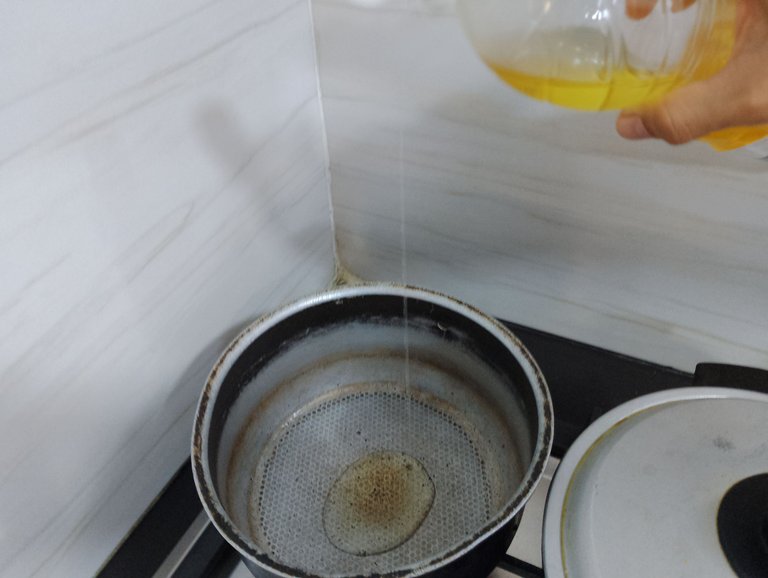

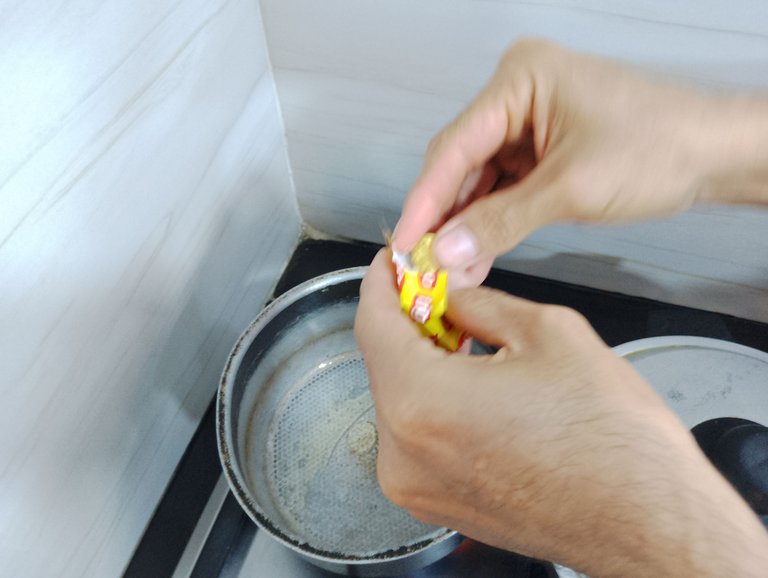
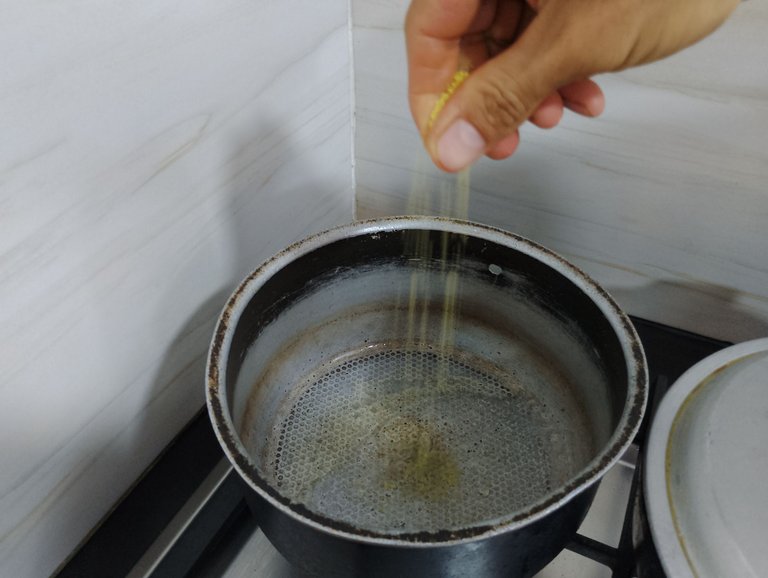
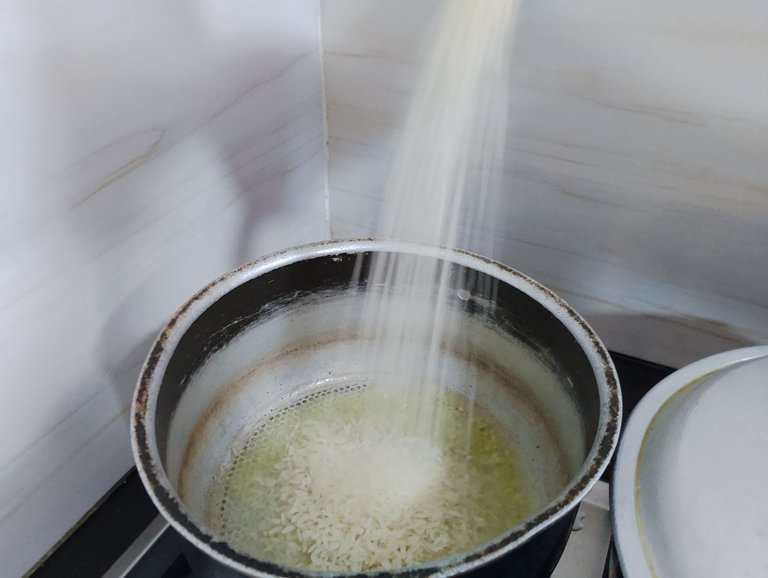
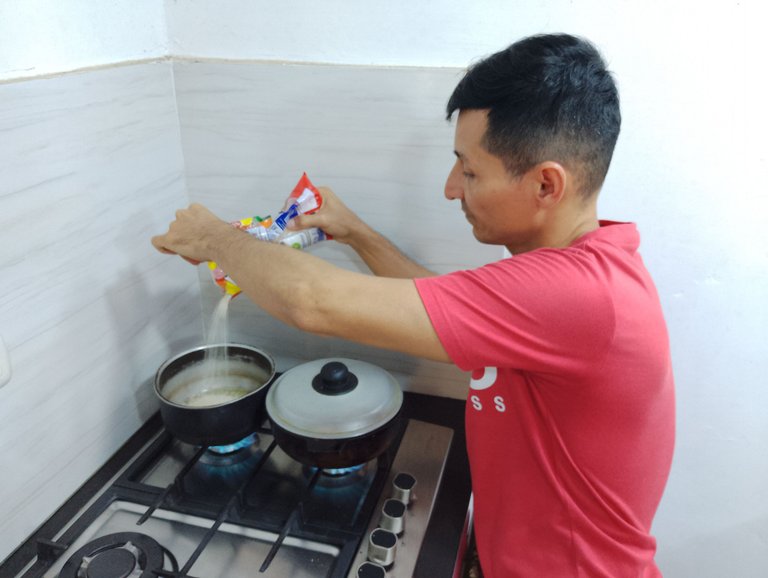
After a couple of minutes, add the teaspoon of salt and the rest of the water, turn the stove up to maximum heat, and wait for the water to boil. Once you notice that the water is boiling, you must pay close attention, because when all the water on the surface has evaporated and the rice grains begin to be exposed, it is the ideal time to lower the heat to the minimum possible and cover the pot or cauldron. Then wait approximately 15 minutes and continuously check the texture of the rice. When it is fully cooked and you notice that all the water has evaporated, it is time to turn off the heat and let it rest for another 10 minutes.
Pasado un par de minutos, agregamos la cucharadita de a sal y el resto del agua, subimos la intensidad de nuestra estufa a máxima velocidad y esperamos a que el agua se encuentre en punto de ebullición. Una vez que nos percatamos de que el agua está hirviendo, debemos estar atentos, ya que cuando se ha evaporado toda el agua de la superficie y los granos de arroz comiencen a quedar expuestos, es el momento ideal para bajar la intensidad de la llama al mínimo posible y tapar nuestra olla o caldero. Luego esperamos aproximadamente unos 15 minutos y continuamente probamos la textura del arroz. Cuando la misma haya llegado a un punto de completa cocción y nos percatemos de que se haya secado toda el agua, entonces es el momento de apagarlo y dejarlo reposar por otros 10 minutos.
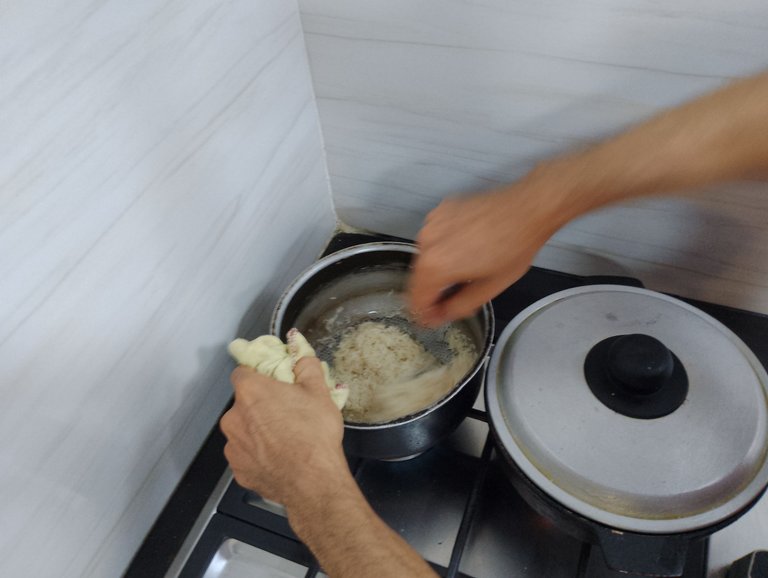
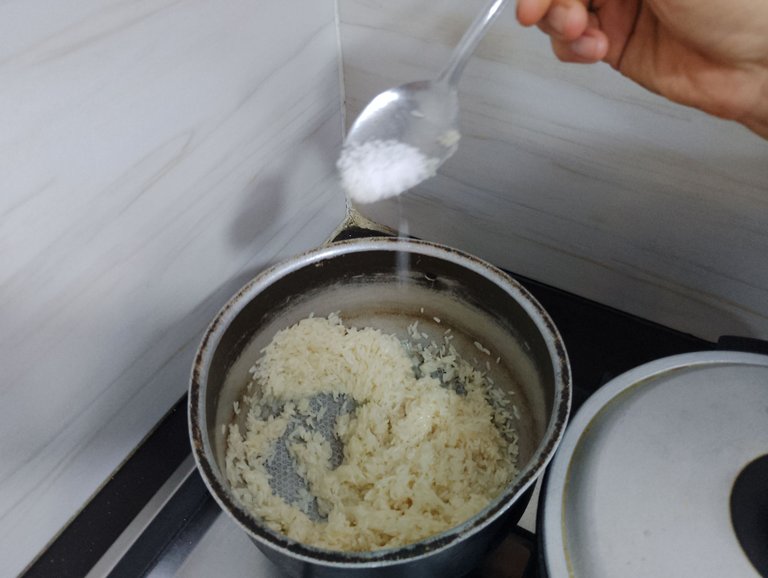
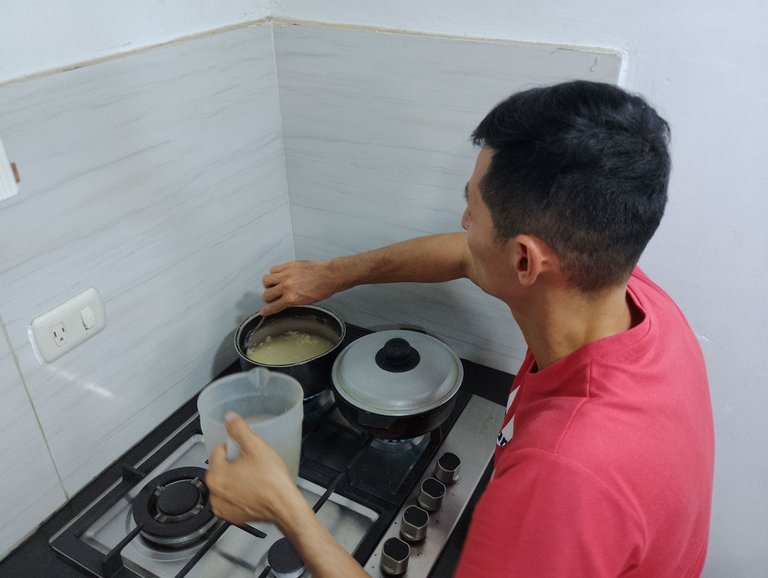
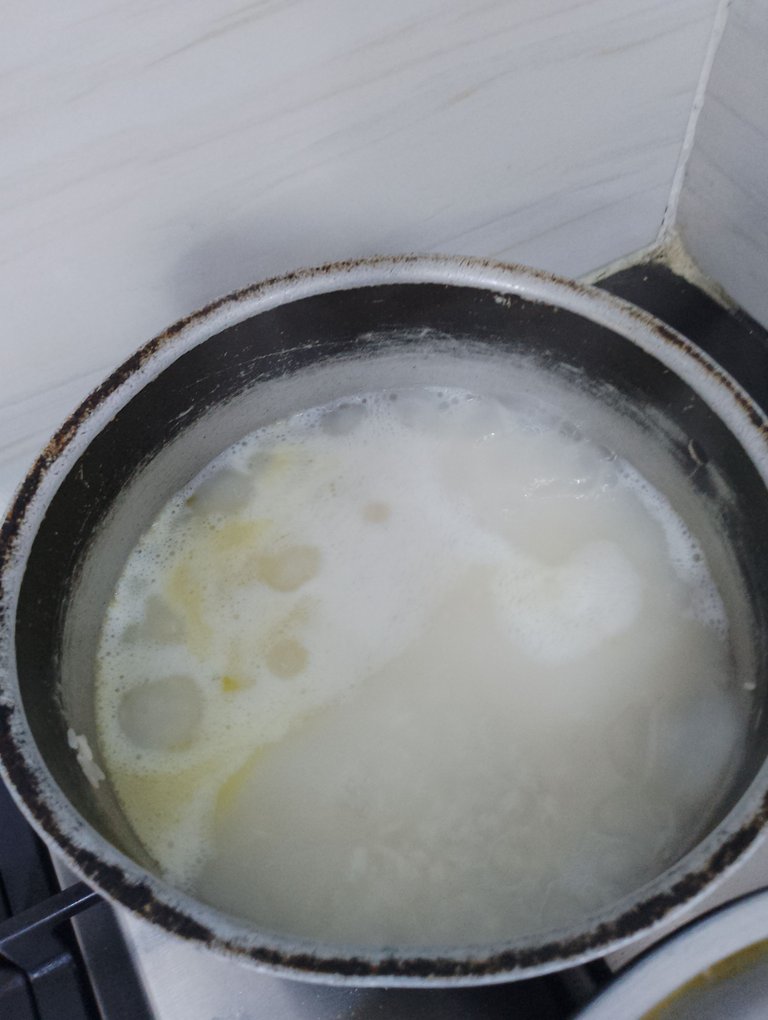
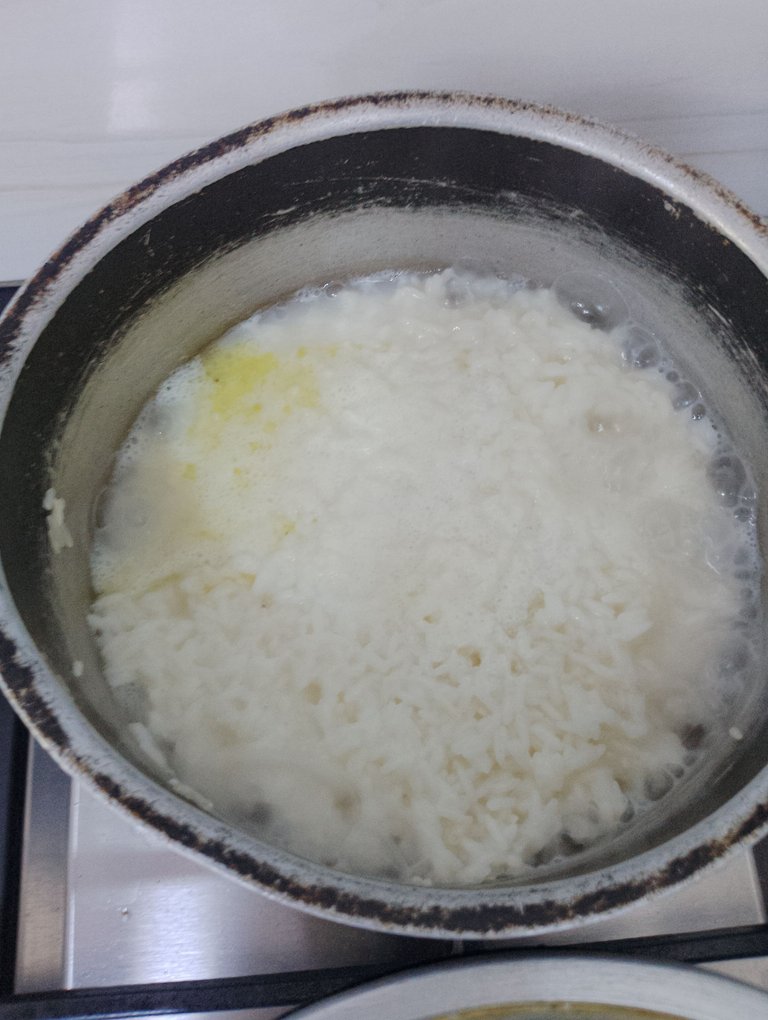
Ingredients - Maidenfish
2 Maidenfish
2 Large Potatoes
1 Zucchini
2 carrots
250g green beans
1 tablespoon thyme
1 small packet of Trifogón seasoning
1 tablespoon salt
1½ cups water
4 tablespoons oil
1 tablespoon oregano
Ingredientes - Pescado Doncella
2 Peces Doncella
2 Papas Grandes
1 Calabacín
2 Zanahorias
250g de Vainitas
1 Cucharada de Tomillo
1 Sobre Pequeño de Condimento Trifogón
1 Cucharada de Sal
1 Taza y medio de Agua
4 Cucharadas de Aceite
1 Cucharada de Orégano
Preparation
To begin, add a cup of water to a small pot, dissolve the bouillon cube, add the salt and oil, allow everything to dissolve completely, and cook the chopped green beans and carrots over medium heat. This will ensure that they cook thoroughly and soften properly.
Preparación
Como Punto de partida en un caldero pequeño agregamos una taza de agua, disolvemos el cubito, colocamos la sal y el aceite, dejamos que todo se disuelva perfectamente y ponemos a cocinar a fuego medio la totalidad de las vainitas picadas y la zanahoria, esto con la finalidad de que su tiempo de cocción sea mucho mayor y por lo cual logren ablandar de manera adecuada.
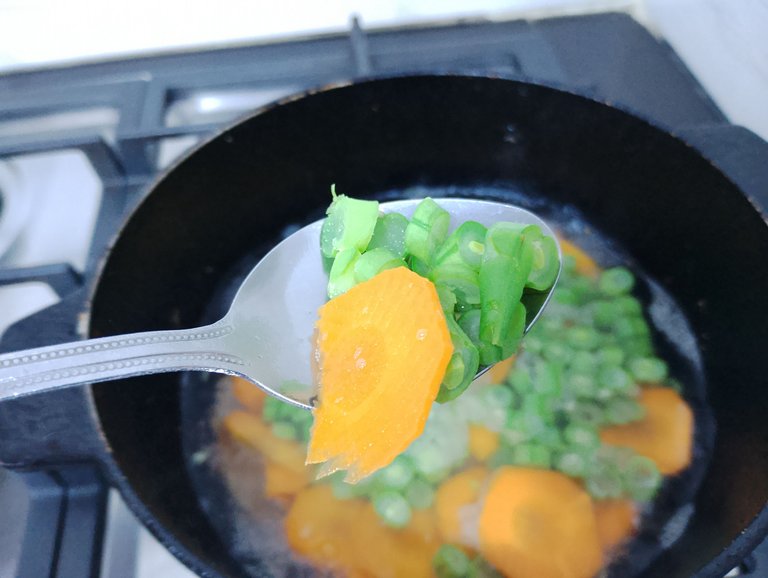
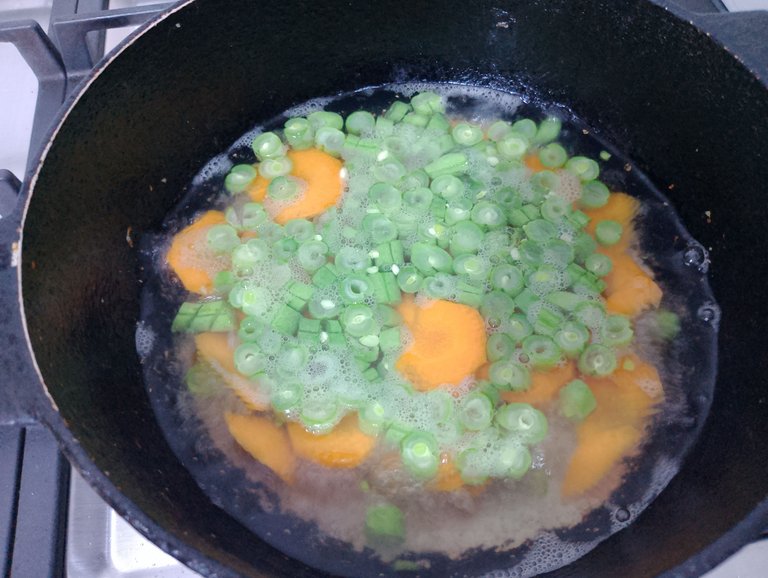
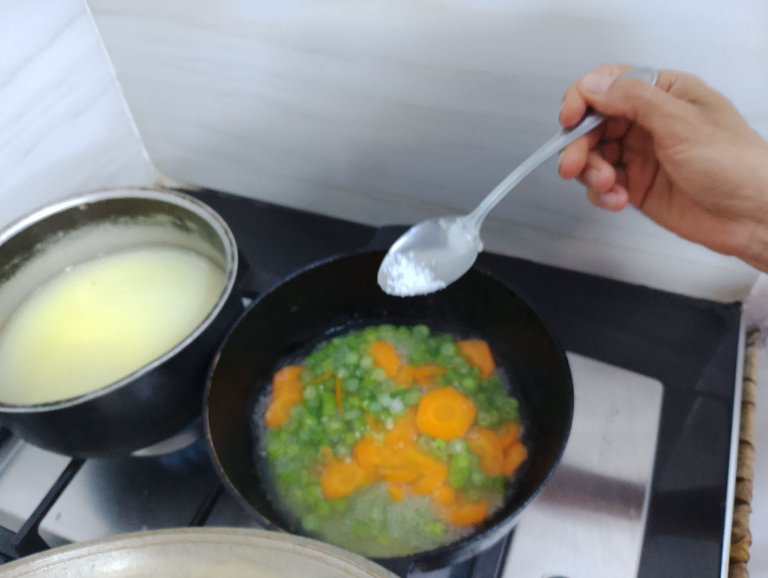
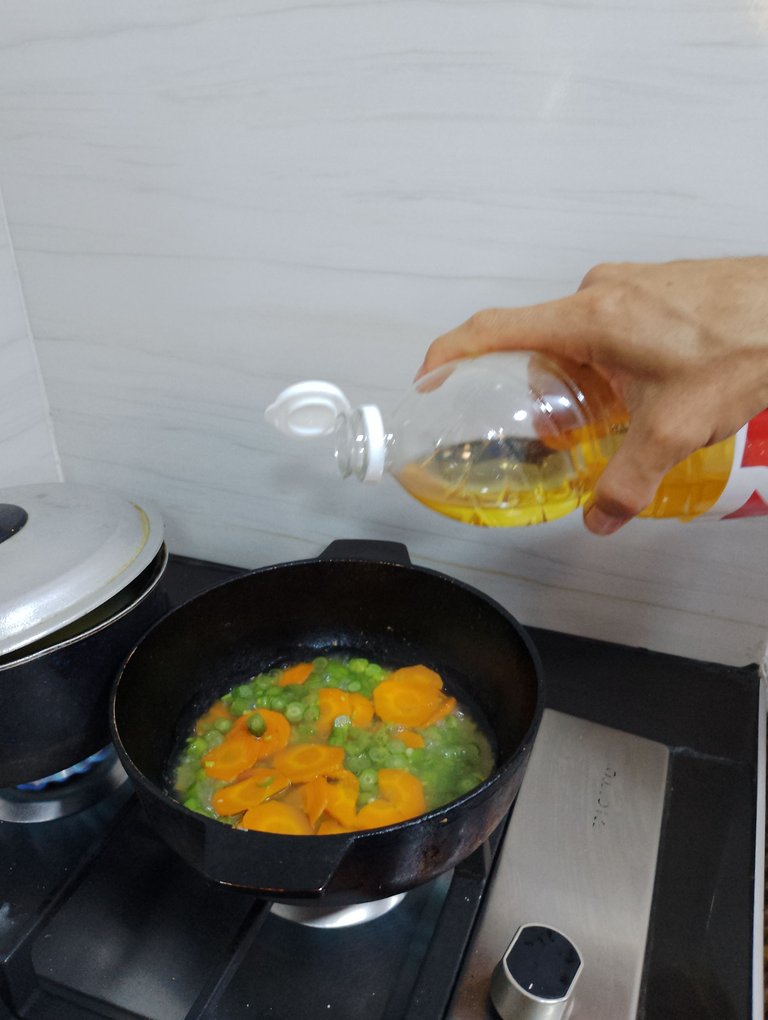
Meanwhile, using a cutting board (preferably wooden), chop the fish into slices. Cut the potatoes in the same way, but julienne the zucchini. Once this process is complete, place the aforementioned ingredients in the pot and stir with a spoon so that everything is perfectly mixed.
Mientras tanto con la ayuda de una tabla preferiblemente de madera, picamos nuestro pescado en rodajas, de igual forma cortaremos las papas, pero en el caso de los calabacines procuraremos hacerlo en julianas, una vez realizada este proceso, colocamos los ingredientes antes mencionados dentro de nuestro caldero y con la ayuda de una cucharilla removeremos para que todo se integre de manera perfecta.
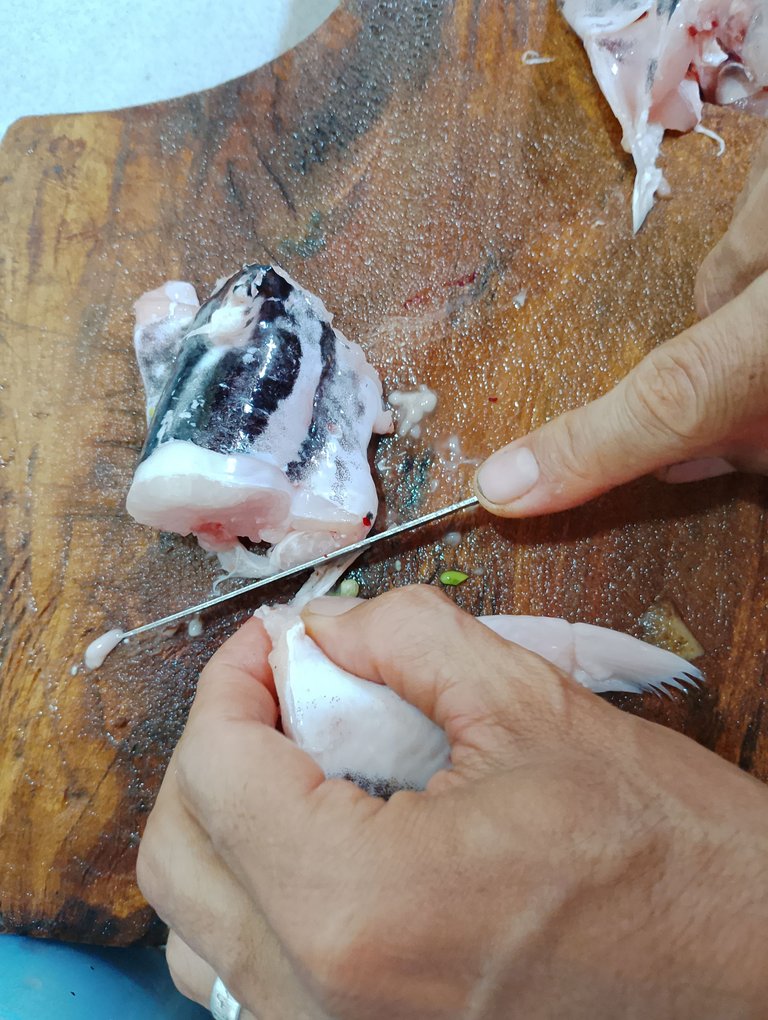
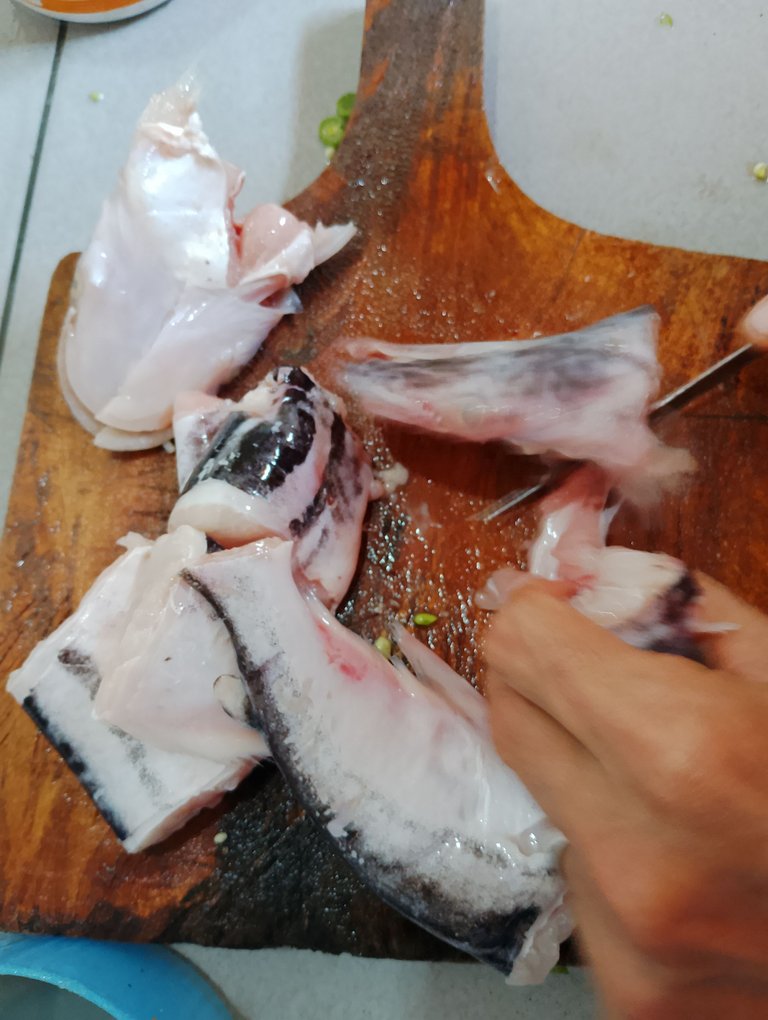
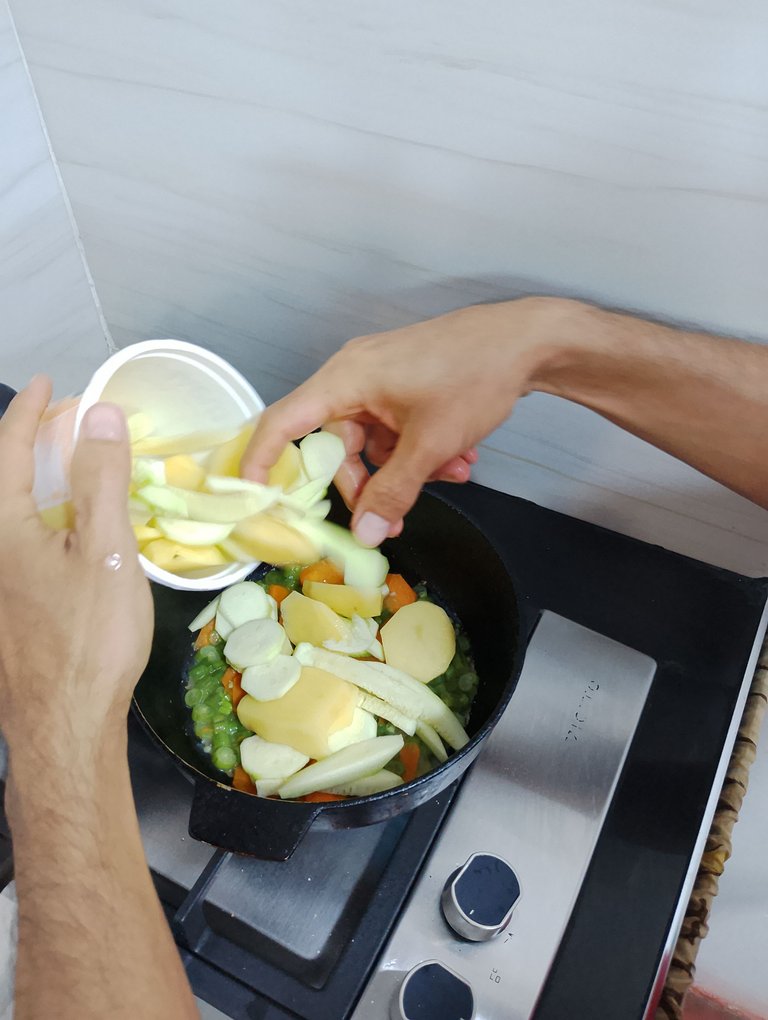
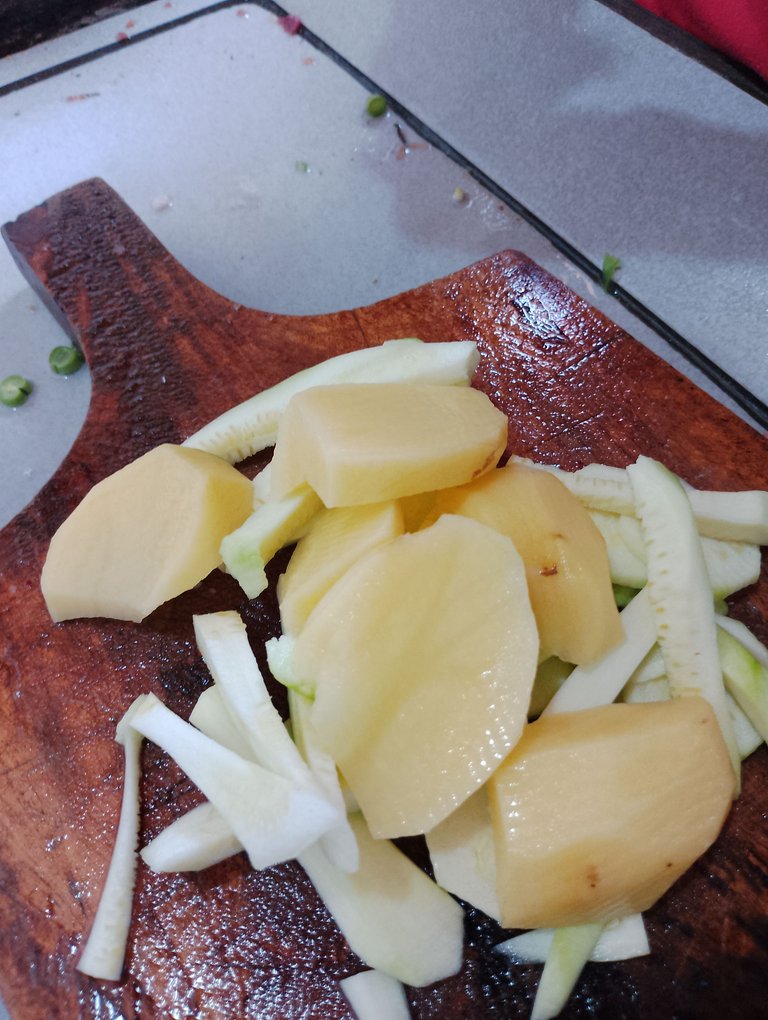
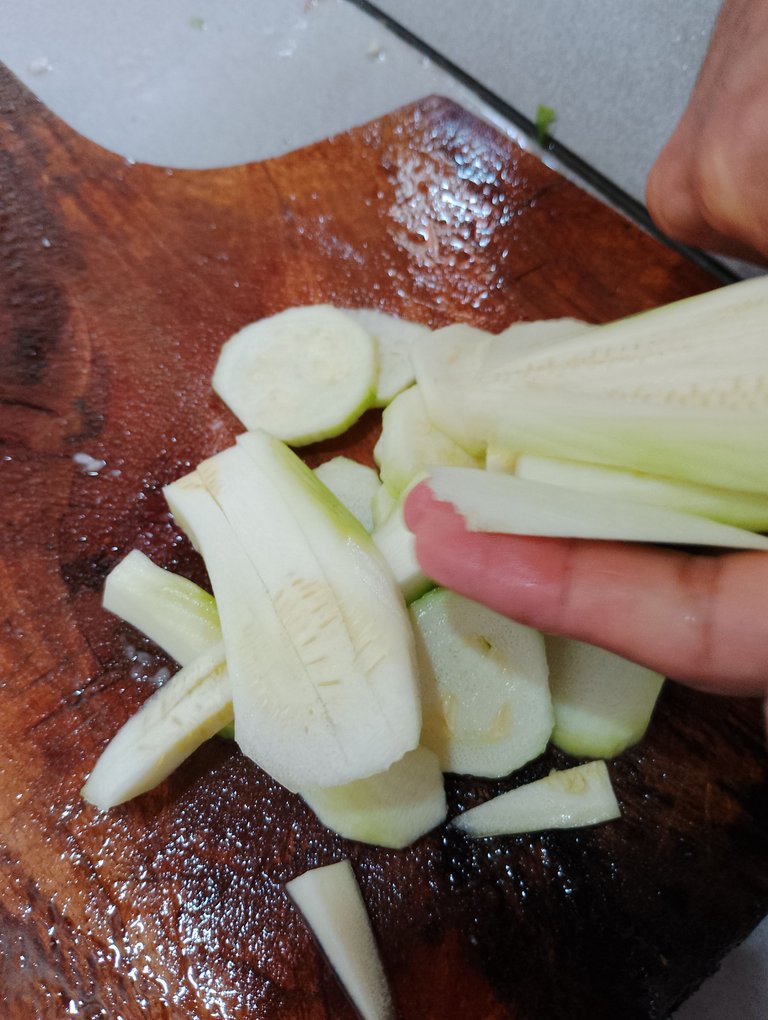

At this point, add half a cup of water, a pinch of salt, and the oregano, along with a packet of Trifogón seasoning. You will immediately notice that the color of the stew becomes a little more intense. Continue stirring with the teaspoon and leave the pot uncovered for a few minutes.
En este momento agregamos media taza de agua, colocamos un toque de sal e incluimos el orégano, con un sobre de condimentos Trifogón, de inmediato podremos observar como todo nuestro guiso va adquiriendo un color un poco más intenso, en este momento seguimos removiendo con la cucharilla y lo dejamos destapado por unos minutos.

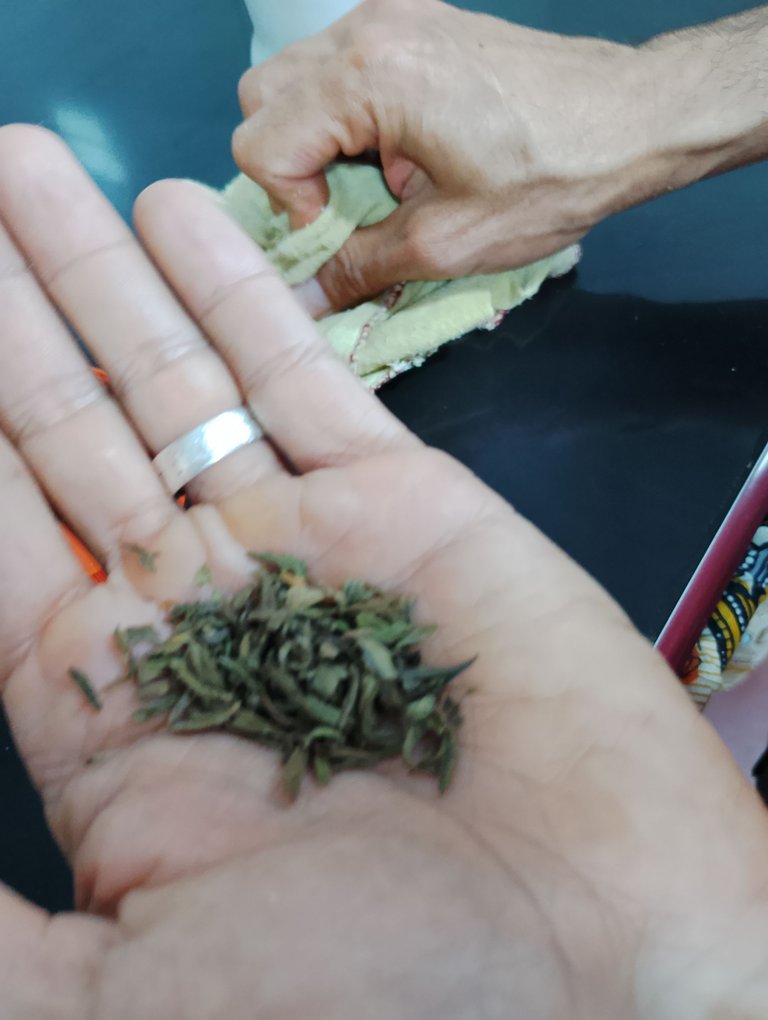
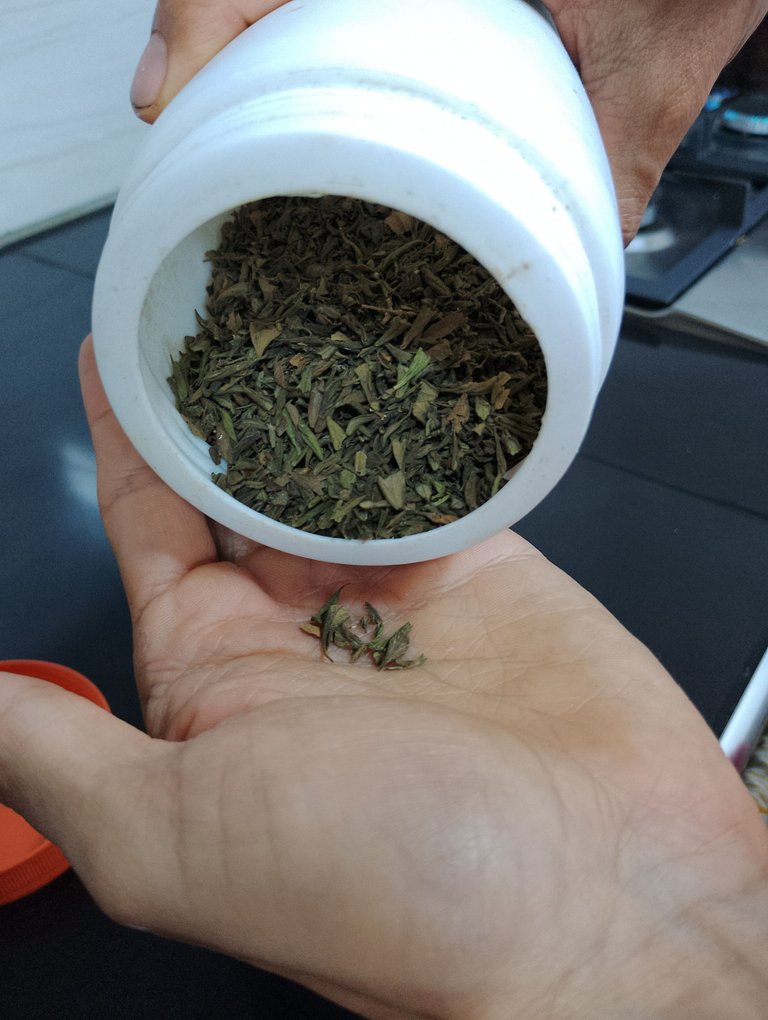
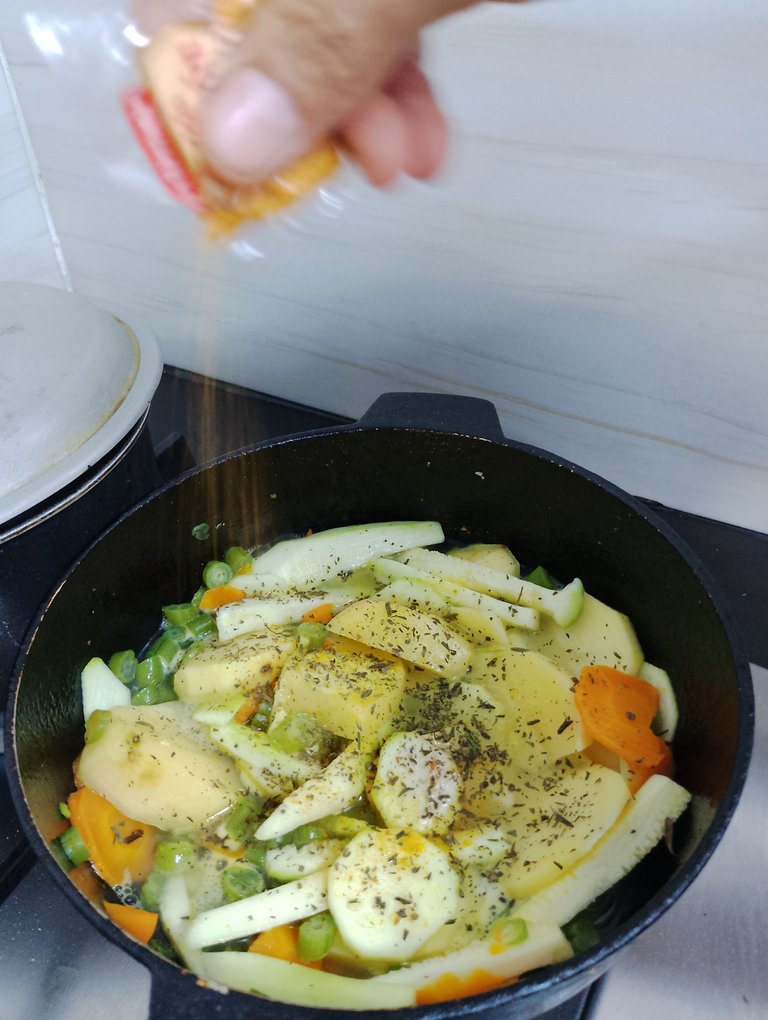
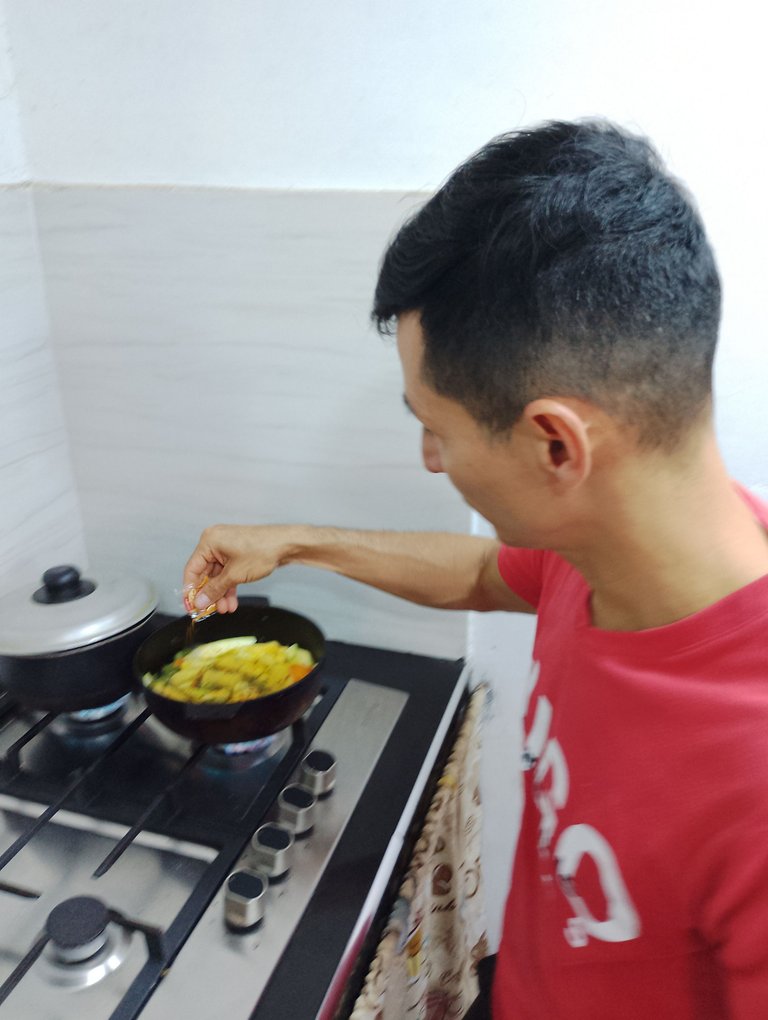
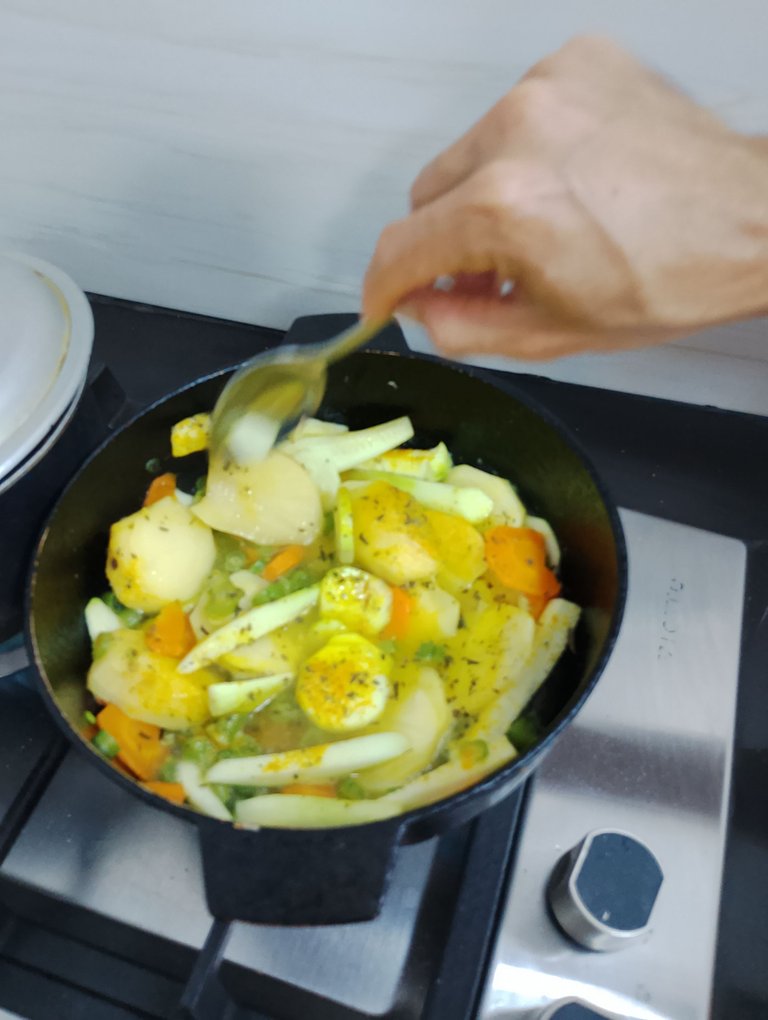

After about 3 minutes, check the consistency of the potatoes, reduce the heat to low, and cover the stew for about another 4 minutes.
Después de unos 3 minutos probamos la consistencia de las papas, bajamos el volumen de la estufa a mínima intensidad y tapamos nuestro guiso por aproximadamente otros 4 minutos.
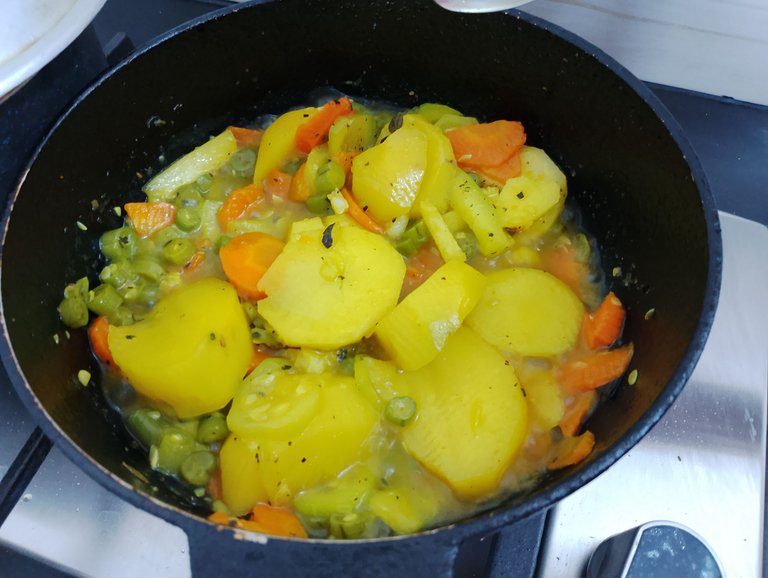
It is important to note that this fish has a fairly white texture, which is why we should add it to the pot once the potatoes and carrots are well cooked. It is best to place it on top and stir very carefully so that all the ingredients mix together and are coated with the flavor of the fish. Under these conditions, cover and cook for about 5 minutes.
Es importante resaltar que este pescado tiene una contextura bastante blanca, es por esta razón por la que debemos incluirlo en el caldero una vez que las papas y las zanahorias ya se encuentran bien blandidas. Se coloca preferiblemente en la parte superior y con mucho cuidado revolvemos para que todos los ingredientes se mezclen y bañen con su sabor a la carne del pescado. Bajo estas condiciones tapamos y dejamos cocinar por unos 5 minutos.


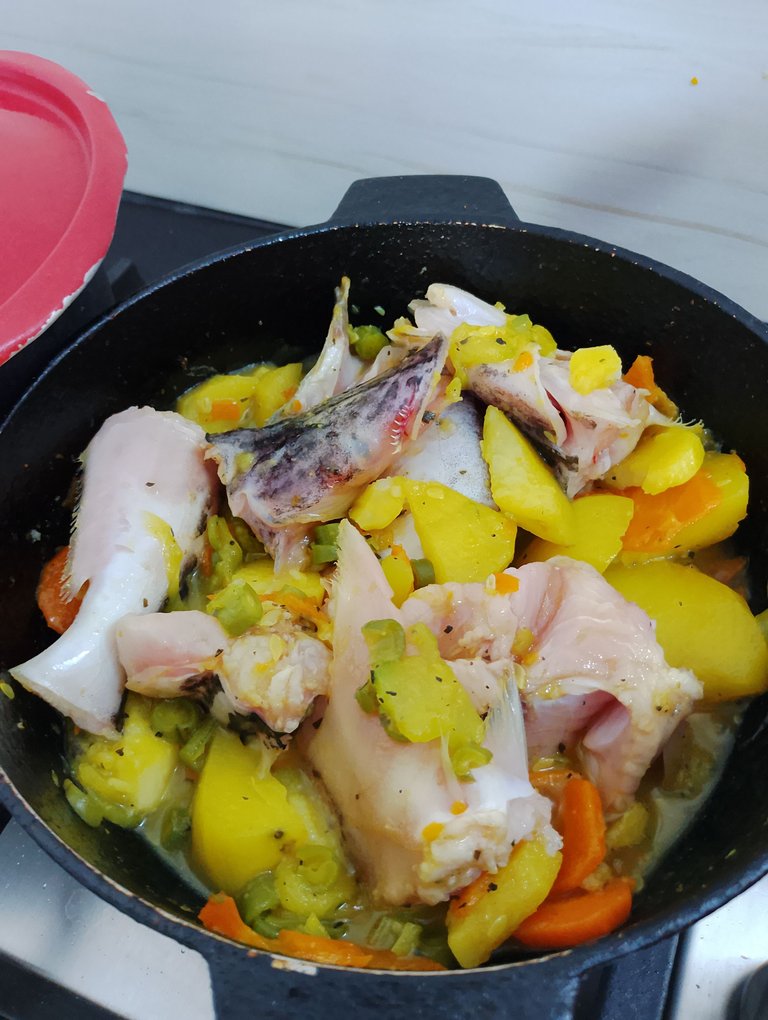

Meanwhile, chop the garlic cloves into small squares on a cutting board, while julienne the stems. This is to maximize the flavor of this incredible plant, which has incredible aromatic potential and delicious tones. To allow everything to concentrate, cover again and cook for another 5 minutes.
Mientras tanto, en una tabla picaremos las cojas del ajo forro en cuadros pequeños, mientras que el tallo lo utilizaremos en forma de julianas, esto con la finalidad de maximizar el sabor de esta increíble planta, la cual tiene un increíble potencial aromático y unos tonos que son deliciosos. Para que todo se concentre, volvemos a tapar y dejamos cocinar por otros 5 minutos.

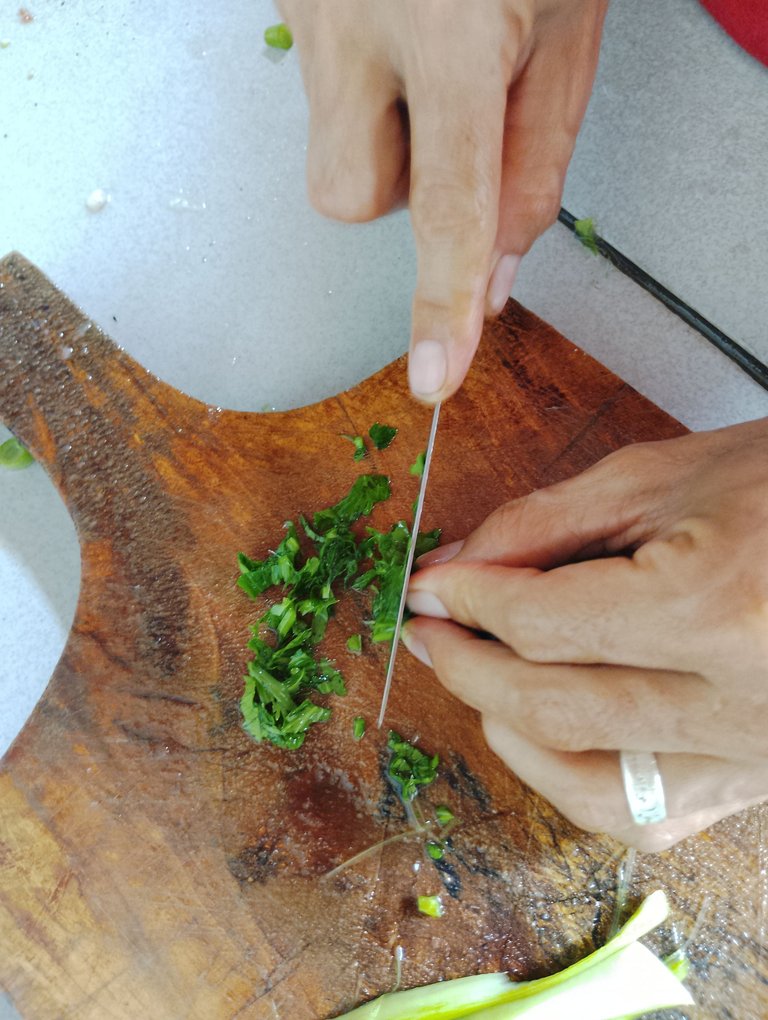

Meanwhile, take a large, ripe avocado, cut it in half, and remove the skin. Then cut the flesh into julienne strips and finally into irregularly sized squares to garnish the edges of the plate.
Mientras tanto, agarramos un aguacate grande y bien maduro, lo cortamos por la mitad y le quitamos toda la cáscara, luego cortamos su pulpa en julianas y finalmente en cuadros de tamaños irregulares, esto con la finalidad de adornar los bordes de nuestro plato.
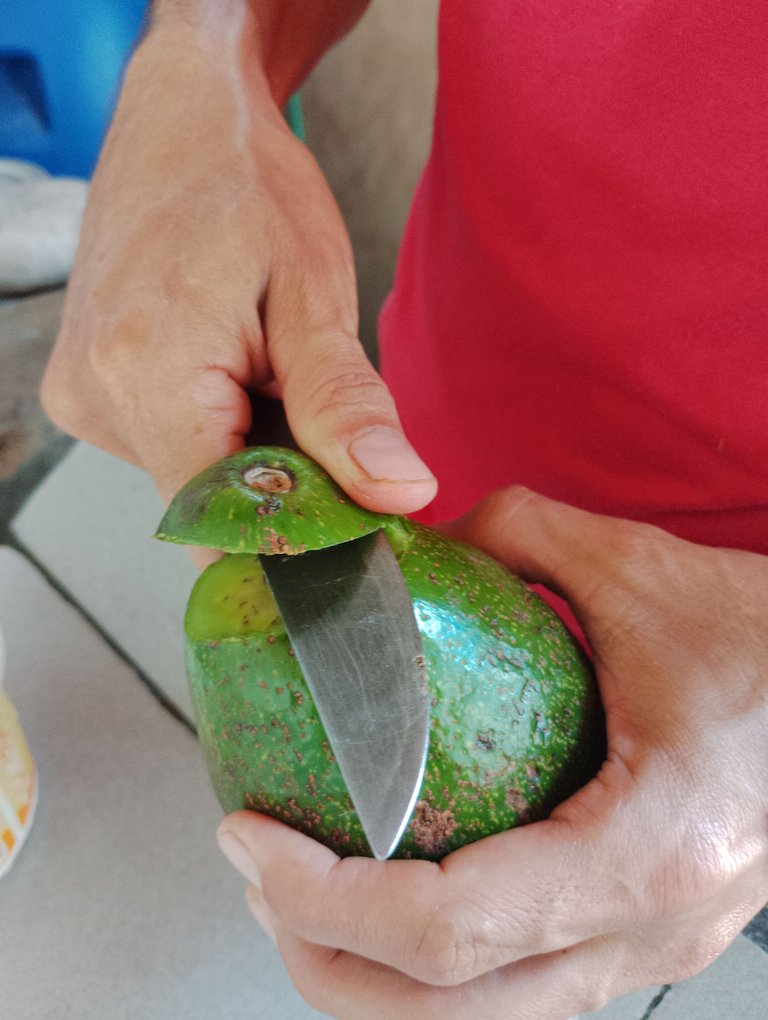
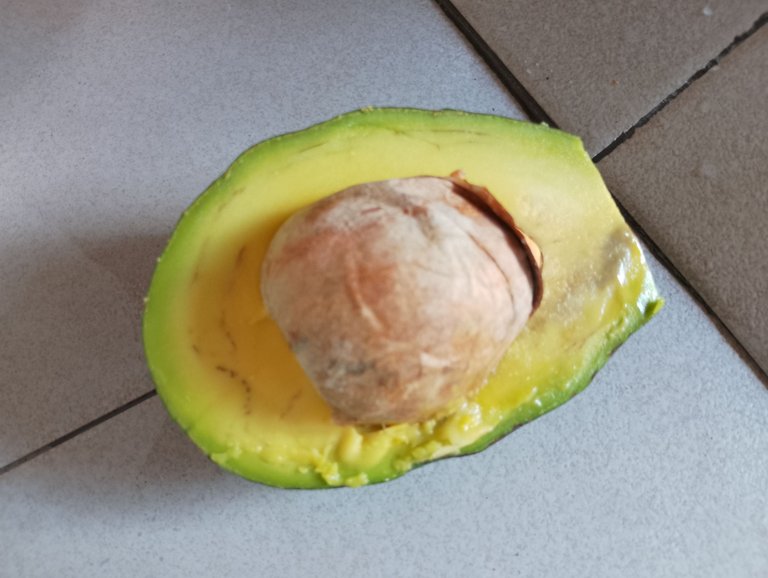
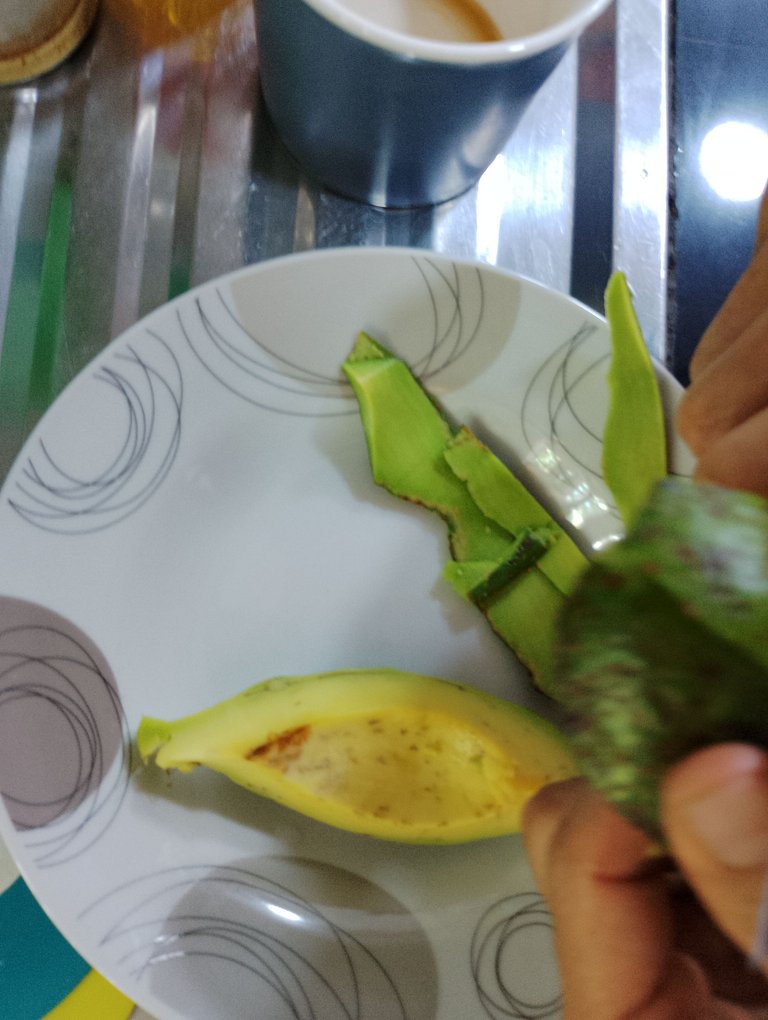
It's time to serve and enjoy a lunch whose flavors begin on the coast and end in the heart of the Andes. We accompany it with a nice glass of lemonade, and with each bite we discover subtle but interesting touches, where each element used in this preparation plays a fundamental role.
Llegó la hora de servir y de disfrutar de un almuerzo cuyo sabores comienzan en la costa y terminan en el corazón de los Andes, lo acompañamos con un buen vaso de limonada y con cada bocado descubriremos toques sutiles, pero interesantes, en donde cada elemento utilizado en esta preparación juega un papel fundamental.
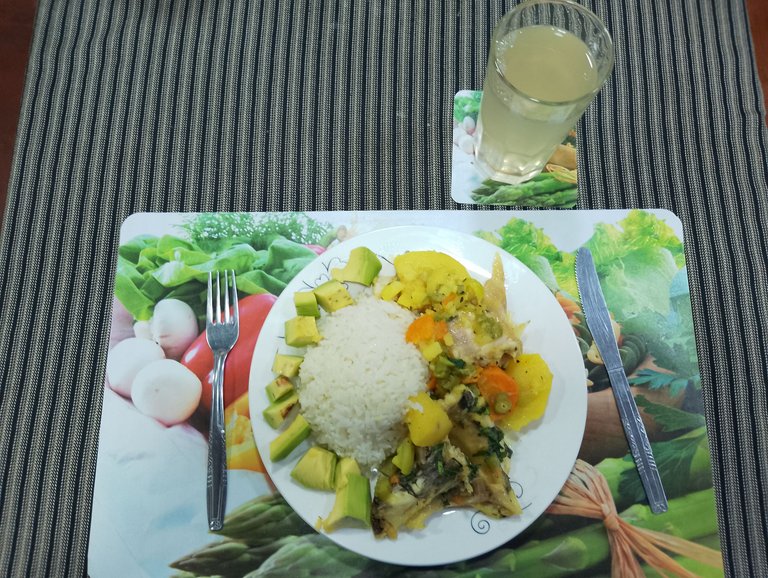
Visually, it is a dish with warm colors, an intense aroma, and incredible vitamin potential. In addition, the low use of oil makes it a very healthy recipe, which is effective in combating the vices of the modern world, where processed foods and quick fixes abound. To tell the truth, this was not my invention. It is a dish I learned to make by watching my mother, as she is a fan of stewed fish and the use of vegetables, which is really a winning combination, since in most cases we get delicious results that are capable of meeting all our needs.
A la vista se trata de un plato con colores cálidos, un aroma intenso y un potencial vitamínico increíble, además el bajo uso de aceite los coloca, frente una receta bastante saludable, la cual resulta eficaz para luchar contra los vicios del mundo moderno, en donde abundan las comidas procesadas y las soluciones rápidas. A decir verdad este no fue un invento mío, este es un platillo que aprendí a hacer mirando a mi mamá, ya que ella es fanática de los pescados guisados y el uso de vegetales, lo cual realmente es una apuesta ganadora, ya que en la mayoría de los casos obtenemos resultados deliciosos y capaces de suplir todas nuestras necesidades




